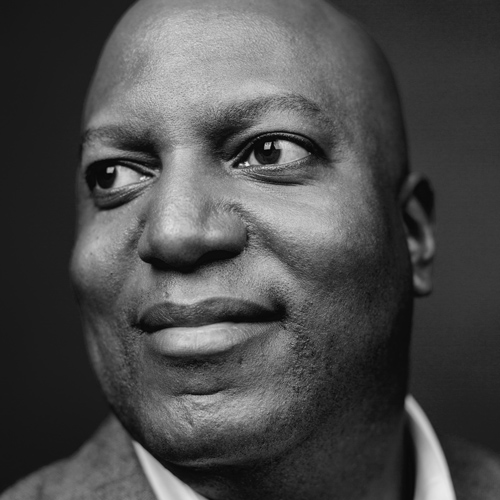For the last 18 years, Kurt Stepaniak has been the legal authority at KONE, Inc., and he’s shepherded plenty of new business into the company’s portfolio in those nearly two decades. Each year his team completes several acquisitions of independent elevator service companies.
What makes KONE special? Stepaniak credits the company’s long-term growth strategy, willingness to reinvest in the company, focus on a single business, and culture of innovation. Stepaniak isn’t alone in his admiration for KONE’s creativity. This past August, and for the fifth year in a row, the company was named by Forbes as one of the most innovative in the world.
Stepaniak describes the acquisition process at KONE as robust. Leads are generated from multiple sources, including KONE’s local offices (the company formally canvasses its branches once or twice a year, soliciting names of companies that could potentially fit into KONE’s long-term strategy), cold calls from owners looking to sell, and KONE’s director of mergers and acquisitions, who reports to Stepaniak.
“If you bring enough money to the table, you can close a deal. Successfully integrating the business is more difficult.”
KONE’s CEO, CFO, head of service business, and Stepaniak comprise the acquisition committee and decide which leads to follow or abandon. All acquisitions are completed in-house by a dedicated team of acquisitions professionals.
KONE’s long-term reinvestment strategy is fairly simple and starts with a goal of profitable growth. “I strongly oppose the philosophy that growth by itself is good,” Stepaniak says. “We buy companies. We don’t sell companies.”
In other words, KONE doesn’t seek struggling businesses at bargain rates with the goal of turning them around and selling them for profit. Instead, targets for acquisition are well managed and enjoy strong customer goodwill and a reputation for great service. These prerequisites help ensure KONE is in the best possible position to assume the service contracts held by the previous owner.
“KONE wants to be the best elevator company in every market,” says Stepaniak. “With every [potential acquisition] we ask ourselves, ‘How will this improve our position in a particular market?’”
Stepaniak explains that mergers and acquisitions at KONE are different than in other industries. The elevator industry is made up of hundreds if not thousands of small elevator companies that operate locally, and every building owner is a different customer. KONE’s goal is to acquire several of these smaller companies each year, assume the contracts, and enhance KONE’s reputation as first-rate in customer satisfaction worldwide.
In the high-stakes business of M&A, the biggest challenge is an unsuccessful integration. If a merger underperforms, service contracts, revenue, and customer goodwill all take a hit. “If we lose service contracts, then we know the integration isn’t working as well as intended,” says Stepaniak. His approach to a disappointing merger is practical: “If you’ve done everything right, it’s not going to go wrong. So, if it does go wrong, we’ve done something wrong. The worst thing you can do is not learn from your mistakes. If an integration underperforms, we find out why.” Weekly postacquisition meetings allow KONE leaders to track how well the integration is faring and, hopefully, tackle small problems before they become large ones.
Other best practices start with the business model itself, which incorporates the legal side of acquisitions into the business side. In many companies, these are separated, leading to a significant disadvantage. According to Stepaniak, when the business and legal sides are separated, lawyers may be boxed into less-than-favorable terms that are agreed to prior to their involvement in the transaction.
Stepaniak also takes special care to hire the right lawyers for his team. “Sometimes lawyers can become too focused on the legal side of things and lose sight of the business implications,” he says. “I hire great businesspeople who happen to be great lawyers.”
KONE’s attitude toward the people side of mergers also sets the foundation for seeing an acquisition through to completion and integration. “Anybody can do a transaction,” says Stepaniak. “If you bring enough money to the table, you can close a deal. Successfully integrating the business is more difficult.” For a smooth integration, KONE makes a point of actively engaging both sellers and employees. It’s not unusual for previous owners to come and work for KONE, and the acquisition team takes pains to develop positive relationships with the technicians from the very start. “Technicians—the men and women who turn the wrenches—are the face of KONE to the customer,” says Stepaniak. So before the merger closes and the first day of work under the KONE banner even begins, the KONE team systematically instructs technicians and other staff members in “The KONE Way,” which includes training in safety, communication, and customer service. More practical matters, such as uniforms and business cards, have already been accounted for as well. “We want to make sure that no one shows up to work [that first day] without knowing exactly what to do.”
So what’s in the future for KONE with respect to acquisitions? Stepaniak doesn’t even have to think about his answer. “More acquisitions.”


